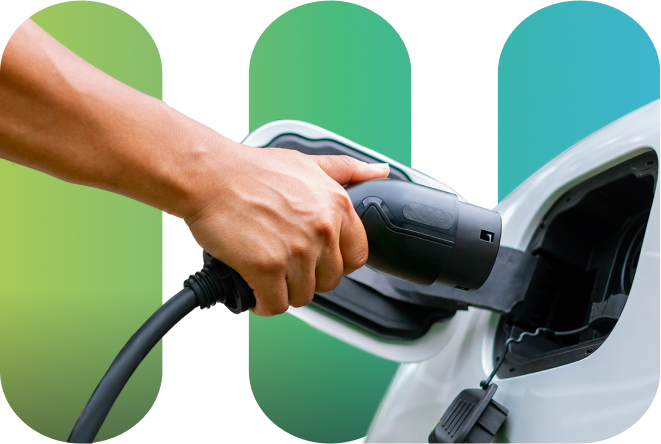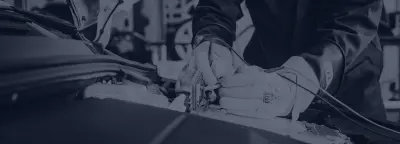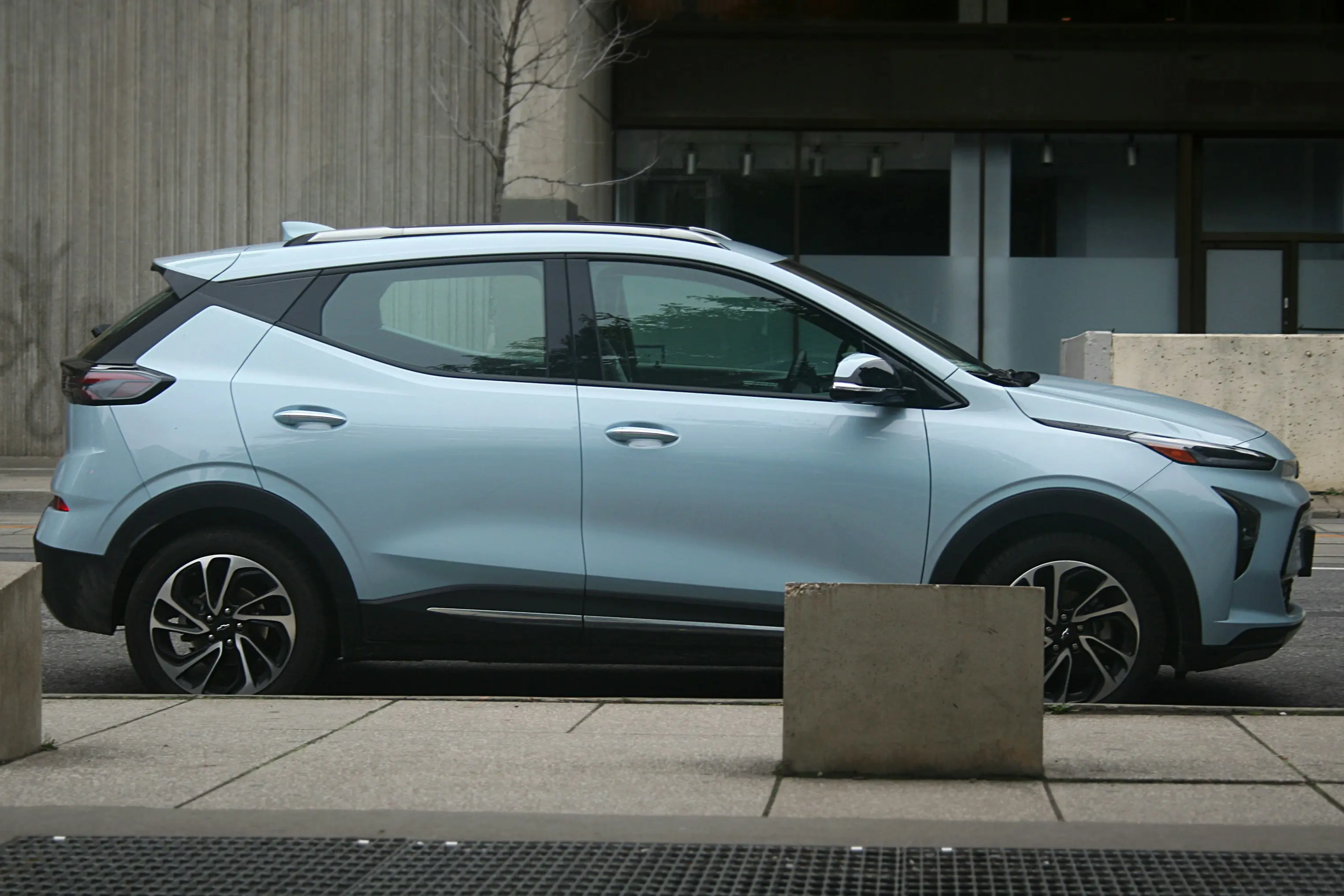Common Problems With the Chevrolet Bolt
The Chevrolet Bolt, an all-electric vehicle, has gained popularity in recent years as a reliable and environmentally friendly transportation option. It is therefore essential for owners and potential buyers to understand the common problems that can arise with this vehicle.
Whether you’re a current owner looking for answers, or considering the purchase of a Chevrolet Bolt, we can help you identify some of the common problems associated with this electric vehicle.

Reminder About the Risk of Battery Fire
The vehicles affected by this recall are certain Chevrolet Bolt EV models from 2017 to 2023.
Know that some Bolt EV and Bolt EUV vehicles from 2020 to 2022 are eligible for new advanced diagnostic software that continuously monitors the high-voltage battery.
If no problems are detected after around 10,000 km of use, the battery automatically returns to 100% state of charge.
For other Chevrolet Bolt EV and EUV vehicles, as a precaution, General Motors will replace the lithium-ion battery modules.

Battery Drainage
A common problem encountered by Chevrolet Bolt owners is battery depletion. The causes of battery depletion can vary:
- Leaving headlights or interior lights on for prolonged periods.
- Faulty electrical components or a malfunctioning alternator can also contribute to excessive energy consumption.
- Software errors or problems with the charging system can drain the battery unexpectedly.
Symptoms of battery depletion often include difficulty starting the vehicle, dimmed headlights or interior lights, a weak horn sound or frequent emergency starting requirements. These signs indicate that the battery in your Chevrolet Bolt is not holding a charge as it should.
It is important to check regularly for faulty electrical components and have them repaired promptly by a certified NexDrive technician.

Charging Problems
Here are some tips to solve a few charging problems and keep your electric vehicle fully charged and ready to hit the road:
- Power source: Make sure that the power socket or charging station you are using is working properly. We recommend testing it with another device first, to rule out any power supply issues.
- Charging cables and connectors: Inspect your charging cables and connectors for signs of damage or loose connections. It’s also important to clean them regularly to prevent dust or debris from affecting the recharging process.
- Charging system: In the event of a problem, try resetting the vehicle charging system by disconnecting the battery for a few minutes, and then reconnecting it.
- Software updates: Always keep vehicle software up to date by installing updates available from Chevrolet as they become available. These updates often include enhancements and bug fixes that can solve common charging problems.

Brake System Problems
Understanding how to identify and solve braking problems will help ensure your safety. A common problem with the Chevrolet Bolt braking system is brake fluid leakage. This can occur as a result of worn seals or damaged brake lines.
If you notice a decrease in braking performance or a puddle of fluid under your vehicle, this may indicate a leak. In this case, it’s essential to have your Chevrolet Bolt inspected by a certified NexDrive technician who can diagnose and repair the problem quickly.
Another problem that can occur is squealing or grinding noises during braking. This may indicate worn brake pads or a damaged rotor.

Electrical and Powertrain Malfunctions
Electrical malfunctions and powertrain failures can occur for a variety of reasons, including faulty wiring, sensor failures or software bugs. When electrical problems occur, it’s essential to approach the diagnostic and repair process systematically.
Loose or corroded terminals can disrupt the flow of electricity and lead to a variety of problems. In addition, blown fuses or tripped circuit breakers can cause power outages. In the event of a powertrain fault, it is essential to identify the error codes that appear on the vehicle diagnostic system. These codes can provide valuable information about specific components or systems that are malfunctioning.
Entrust your vehicle to a certified NexDrive technician who will accurately interpret these codes. Repairing electrical and powertrain malfunctions often requires specialized knowledge and tools.

Suspension Problems
Like any other vehicle component, the suspension system may encounter problems that affect your driving experience. One of the most common suspension problems for the Chevrolet Bolt is uneven tire wear.
This problem is often due to misalignment or worn suspension components. Regular inspection and maintenance of your suspension system can help identify these problems at an early stage and prevent further damage.
Another common problem is excessive bouncing or bumpy ride. This may indicate worn shock absorbers or struts that need replacing. Ignoring this problem can compromise not only your comfort but also the stability and overall handling of your vehicle.
Finally, be alert to any unusual noises coming from the suspension when driving over bumps or uneven surfaces. Squealing, rattling or knocking noises may indicate loose components that need to be tightened or replaced.
Tips and Tricks for Your Vehicle
Would you like more information, tips and tricks for your electric or hybrid vehicle?
See Our Resource Centre

